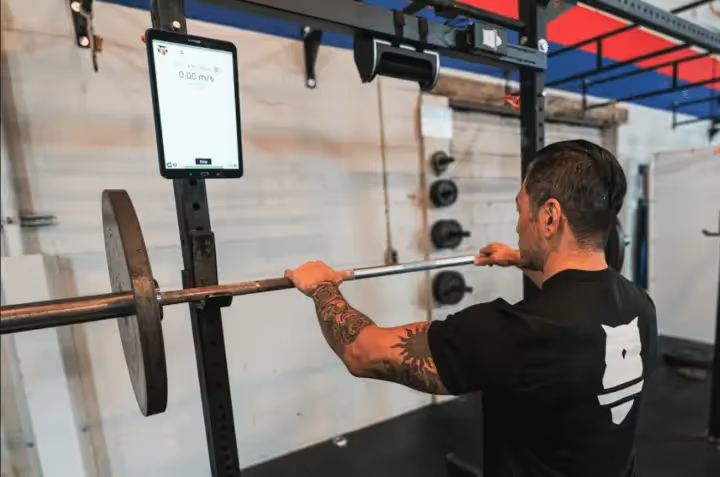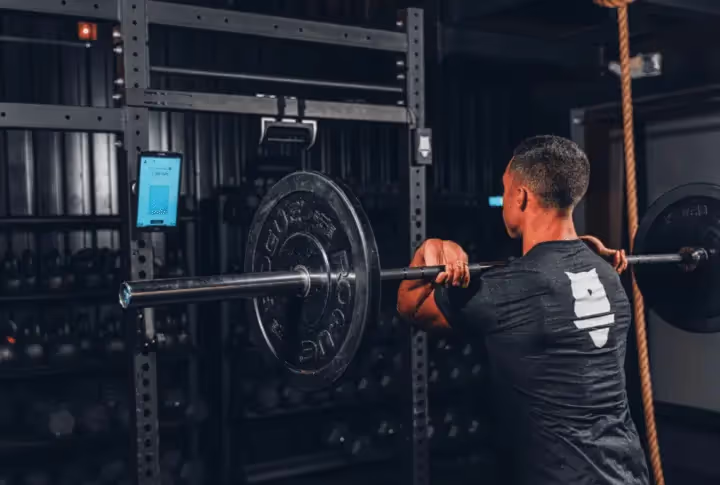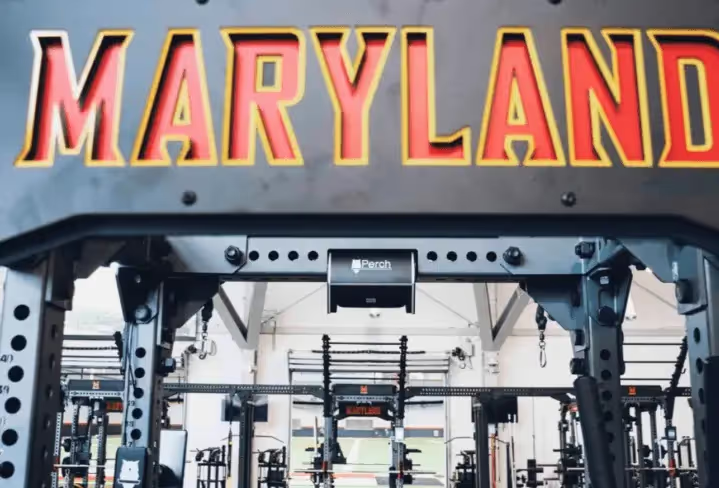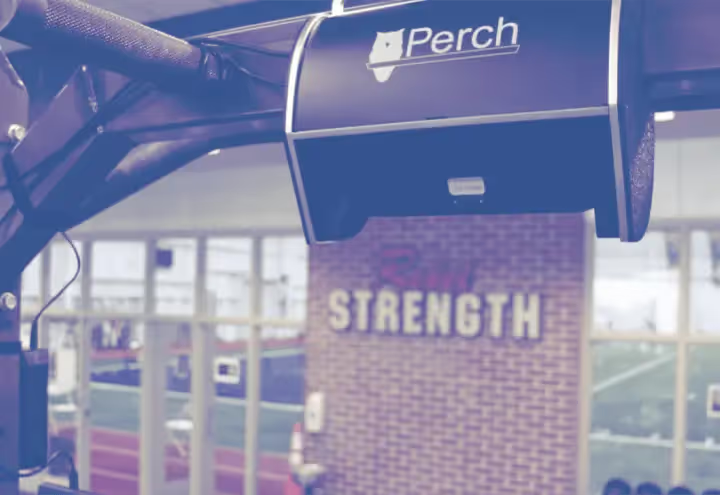Velocity Based Training - Intro

This post is going to be a crash course in Velocity Based Training (VBT), we are introducing a lot of concepts, skirting the surface of them, and laying the ground work for what is to come. While this post may seem like it bounces around, we promise all will make sense soon. Stay with us as we explore all avenues that lead to and from VBT!
AN INTRODUCTION
In this current day and age, the addition of an exactitude or a metric of some capacity can make life a lot easier. Because we live in a technology-forward and data-driven world, having the capability and opportunity to offer objective and immediate feedback for previously difficult-to-quantify metrics isn’t surprising. This is especially true in athletics, with the burgeoning field of sports technology and athlete management systems. Additionally, the generation of athletes in college now and younger readily expect technology to coat all aspects of their lives.
VELOCITY BASED TRAINING (VBT)
Velocity Based Training (VBT) is almost exactly what it sounds like: a modality of strength training that relies upon speed of movement of a load lifted, versus simply the weight of that load based on a percentage. The speed output is typically tracked by a piece of technology (such as a Perch unit) that can provide instantaneous feedback to the lifter and further govern whether or not the load is appropriate for the goal of the training session. Velocity Based Training allows coaches and athletes to determine the speed of movement in real time and adjust the weight or exercise accordingly.
More and more research is published every day regarding the importance of velocity measures and its correlation with athletes readiness, strength, fatigue and recovery. Implementing velocity based training allows coaches to adjust immediately and with ease. Popularized by Dr. Bryan Mann, VBT has been around since RA Roman and Yuri Verkhoshanskii started experimenting with it in the mid 1980s, and Louie Simmons started incorporating it in the 1990s [1-2, 13]. We’ll get to that history lesson another day.

FIRST, WHY IS VBT VALUABLE?
Traditionally, coaches have used Percentage Based Training (PBT) to dictate the load for their athletes and used preset sets and reps to determine workload of a training session. How this typically works is coaches will test their athletes’ one rep max (1RM) at the beginning of their training season, and base the percentages for the training cycle off of that. Depending on the training phase, time of year, session goals etc, these percentages can range from ≤ 67% max (think muscular endurance) up through 95 to 100% max (think max strength) [4-5, 9, 11]. The problem with this is that the research indicates an individual’s RM can fluctuate by about 18% on any given day [3-4, 11].
Let’s say you prescribed a load of 80% of an athlete’s 1 RM, but the athlete is fatigued due to studying for midterm exams paired with some tough on field practices. This load could feel closer to 98% of her 1 RM. Imagine doing multiple sets of multiple reps at 98%?! If she’s feeling incredible that day then that same prescription feels closer to 62% effort. In one scenario, you’re risking potentially overtraining and injuring your athlete, in the other you’re not providing a large enough stimulus to warrant the adaptation for which you’re training. Ultimately if you’re not measuring lifting parameters and obtaining accurate data, you’re just guessing.
Velocity Based Training leaves much less to chance by dictating loads based on athlete readiness, and helps execute training sessions with precision. Athletes at the collegiate and professional level have inordinate amounts of stressors on them in the way of traveling, family life, sleep quality, school, work and training itself. If you could alter a training session to provide just the right stimulus for your athlete to elicit the adaptations you are looking for, why wouldn’t you?
“If you could alter a training session to provide just the right stimulus for your athlete to elicit the adaptations you are looking for, why wouldn’t you? ”
Velocity Based Training also helps amplify the intent of movement by demanding a consistent standard and providing immediate feedback. It helps train neuromuscular performance (a topic for another day) [14]. It enhances inter and intra competitive environments for individuals and teams and tracks data and progress over time. In a monumental study for VBT, the instantaneous feedback of VBT has been shown to improve sports performance metrics over non-feedback training [6].
TO SUMMARIZE, VELOCITY BASED TRAINING:
- Offers immediate and objective feedback to augment the intent of a session
- Can be periodized using velocities at specific speeds for specific and desired adaptations
- Enhances the competitive nature of athletics in a weight room environment
- Loads can be adjusted in real time and exactly in order to reflect the velocity zone specific to the session’s objectives, and based on the capabilities of an athlete on a given day, a concept known as autoregulation
VBT ZONES
Despite being a different training modality than PBT, Velocity Based Training can pretty accurately follow percentage based periodization schemes via speed zones. Researchers Gonzalez-Badillo et al. found an extremely high correlation between percentage 1RM and the corresponding velocity zone [12]. Seen here below and taken from Dr. Bryan Mann’s Developing Explosive Athletes are the percentages alongside velocity zones and following Bosco’s Strength Continuum. This will be explained in much greater detail in a forthcoming post [9].

A WORD ON THE SAID PRINCIPLE
The SAID (Specific Adaptation to Imposed Demands) Principle, the concept that the human body adapts to imposed demands, has likely been around since the inception of sports training. In the late 1950s, famous exercise and cardiovascular professor of Physical Education at UC Berkeley, Franklin M. Henry initially wrote of the “Specificity Hypothesis of Motor Learning” which later adapted into the SAID Principle.
How we use this concept with Velocity Based Training is fairly simple: once we can determine where a particular athlete can improve contingent on their unique Force-Velocity Profile (more on that in a later post), and what their particular sport needs are, a coach can individualize a program for them based on velocity zones. We are looking to create adaptations for desired traits (think: strength, power, endurance, conditioning) for athletes. Otherwise said, we are looking to fill buckets (to use a Mike Boyle term), and to enhance and optimize the finite time spent in a weight room for athletes across the board to ultimately yield positive adaptations with regards to sports performance. The concept of bigger is better is on its way out. Enhancing sports performance with appropriate applications of technology and data usage is on the rise.

VBT PHYSICS (YAY, NERDS!)
Force = Mass x Acceleration
- Coaches are often only concerned with mass, and rightfully so as it is easier to quantify than acceleration. With the development of greater technology, acceleration is easier than ever to quantify thus, literally and figuratively completing the force equation.
Power = (Force x Distance) / Time OR Power = Force x Velocity
- In more recent VBT technology, power is also quantifiable if it is a preferred metric for a coach, and another useful parameter to track.
Velocity = Distance / Time
- Velocity, in m/s is what VBT originated upon, it can be expressed in either peak or mean and we will get into that in later posts.
Force Velocity Curve = The relationship between force and velocity on a continuum.
- Typically as force decreases, velocity will increase. Ideally this curve shifts to the right as an athlete becomes more proficient through each training cycle. The curve below on the left is the “ideal” and would shift to the right with training as expressed by the curve on the right. Athletes with variable strengths can express a skewed curve, which leaves room for improvement in obvious areas over others (remember the buckets). Working in all velocity zones periodized over an annual plan is common, with access to this data regularly we can also help an athlete improve in areas that are specific to their sport needs.
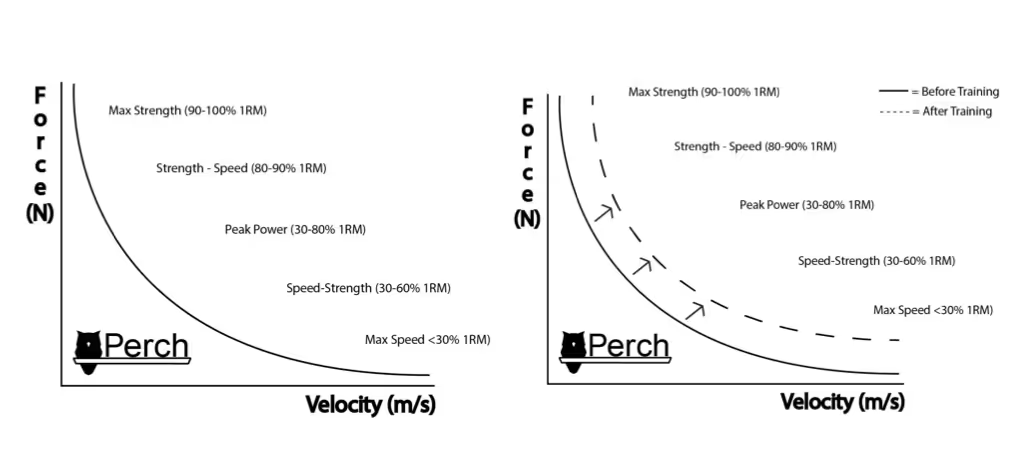
CLOSING THOUGHTS
Velocity Based Training has been around for awhile, but with recent improvements in technology, it is becoming more accessible and available for use. By incorporating Velocity Based Training in annual programming, we optimize weight room and subsequent sports performance. In this way, we leave much less on the table for athletic development than traditional training modalities. Data can help guide our attention as coaches and practitioners and fill the empty bucket to complete the overall picture of an optimized athlete. There is much to learn, uncharted territory, and certainly room for improvement and further research on the topic. And that is perhaps the best part!
UP NEXT
This post scratched the surface of the expansive topic that is Velocity Based Training. Over the next few months, we will continue to delve deeper into many of the topics outlined above, and many more worth discussing when it comes to Velocity Based Training. We hope to be a one stop shop for you, with basic how-to knowledge, in addition to research reviews, guest blog posts, and tutorials for Perch products.
Please feel free to engage with us on social media, in the comments section below, and via our monthly newsletter. If we cannot answer your question right away, we will be sure to do our research and get back to you ASAP. We look forward to hearing from you in the coming months and years as we build Perch bigger and better every day!
OTHER RELEVANT POSTS!
Want to learn more about the basics of VBT? Check out Perch's VBT Dictionary!
Curious about what coaches think of VBT? Check out our guest blog post with coach Molly Binetti!
Read more about Perch here! And check out Product Videos here. And our support website here.
Back to basics? Review the origins of VBT and Strength Training!
SOURCES
- Verkhoshanskiĭ, I. V., & Charniga, A. (1986). Fundamentals of special strength-training in sport. Livonia, MI: Sportivny Press.
- Roman, R. A., & Charniga, A. (1988). Trenirovka tyazheloatleta = The training of the weightlifter. Livonia, MI: Sportivny Press.
- Jovanovic M, and Flanagan EP. (2014). Researched applications of velocity based strength training. J. Aust. Strength Cond. 22(2)58-69.
- Banyard, HG, Nosaka, K, and Haff, GG. Reliability and validity of the load–velocity relationship to predict the 1RM back squat. J Strength Cond Res 31(7): 1897–1904, 2017.
- Cronin, J.B., McNair, P.J. and Marshall, R.N. Force-velocity analysis of strength-training techniques and load: implications for training strategy and research. Journal of Strength and Conditioning Research. 17: 148-155. 2003.
- Randell, AD, Cronin, JB, Keogh, JWL,Gill, ND, and Pedersen, MC. Effect of instantaneous performance feedback during 6 weeks of velocity-based resistance training on sport-specific performance tests. J Strength Cond Res 25(1): 87–93, 2011.
- Padulo, J, Mignogna, P, Mignardi, S, Tonni, F and D’Ottavio, S. Effect of different pushing speeds on bench press. Int J Sports Med 33: 376-80, 2012.
- Sanchez-Medina, L., and J. J. Gonzalez-Badillo. Velocity Loss as an Indicator of Neuromuscular Fatigue during Resistance Training. Med. Sci. Sports Exerc. Vol. 43, No. 9, pp. 1725-1734. 2011.
- Mann, B., Kazadi, K., Pirrung, E., & Jensen, J. (2016). Developing explosive athletes: Use of velocity based training in athletes. Muskegon Heights, MI: Ultimate Athlete Concepts.
- Mann, J., Thyfault, J., Ivey, P., & Sayers, S. (2010). The effect of autoregulatory progressive resistance exercise vs. linear periodization on strength improvement in college athletes. Journal of Strength and Conditioning Research, 24(7), 1718-17231.
- Zourdos, M. C., Dolan, C., Quiles, J. M., Klemp, A., Jo, E., Loenneke, J. P., … Whitehurst, M. (2015). Efficacy of Daily 1RM Training in Well-Trained Powerlifters and Weightlifters: A Case Series. Nutricion Hospitalaria: Organo Oficial de La Sociedad Espanola de Nutricion Parenteral y Enteral.
- González-Badillo, J. J., & Sánchez-Medina, L. (2010). Movement velocity as a measure of loading intensity in resistance training. International Journal of Sports Medicine.
- Verkhoshanskiĭ, I. V., & Charniga, A. (1986). Fundamentals of special strength-training in sport. Livonia, MI: Sportivny Press.
- Pareja-Blanco, F., Rodríguez-Rosell, D., Sánchez-Medina, L., Gorostiaga, E., & González-Badillo, J. (2014). Effect of movement velocity during resistance training on neuromuscular performance. Int J Sports Med, 35(11), 916-924

Start Gathering Data With Perch Today!
Reach out to us to speak with a representative and get started using Perch in your facility.

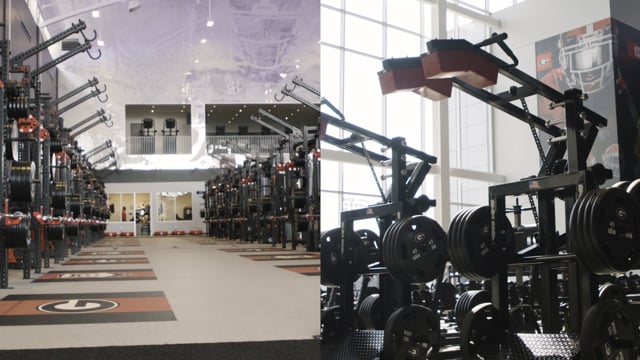
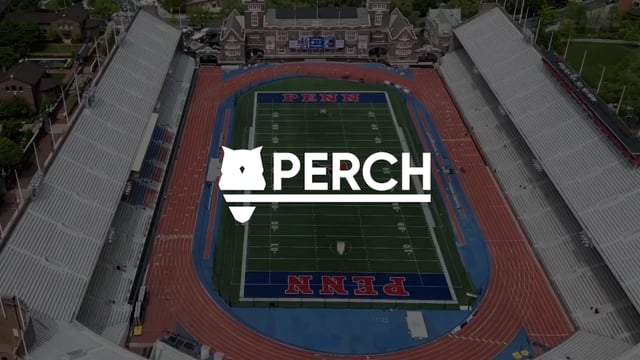


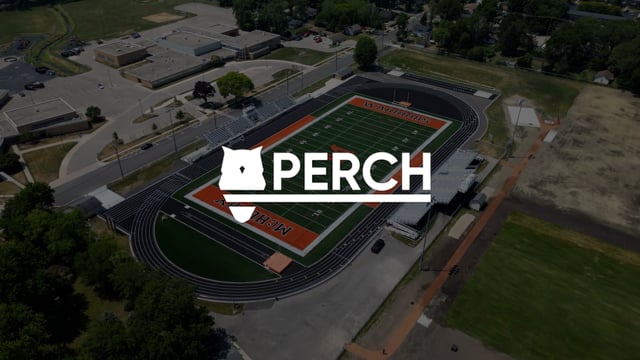
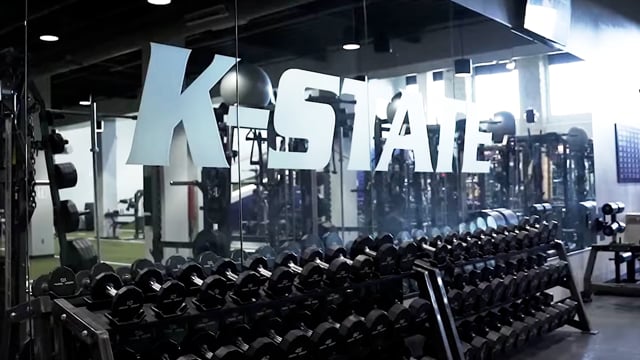


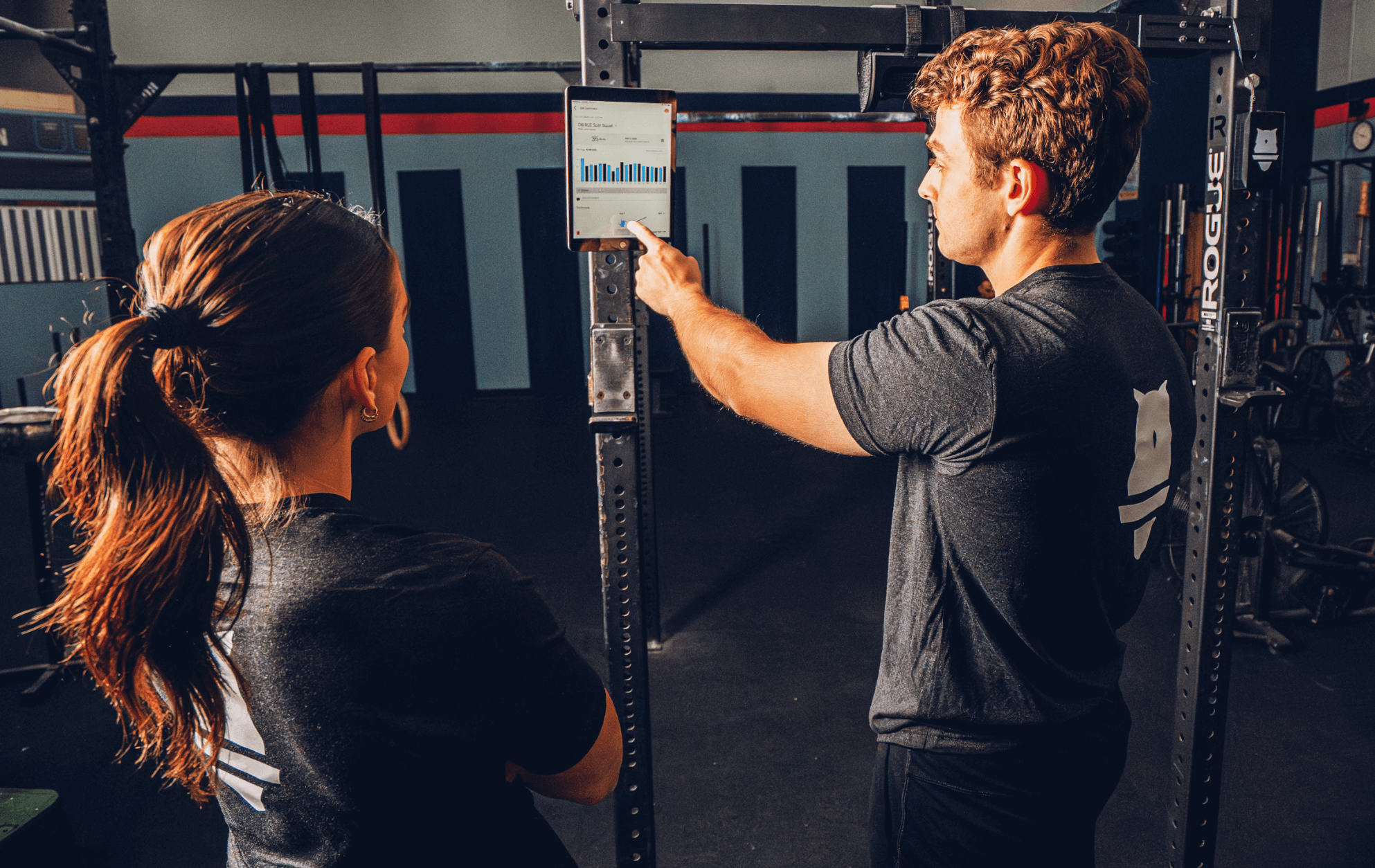
































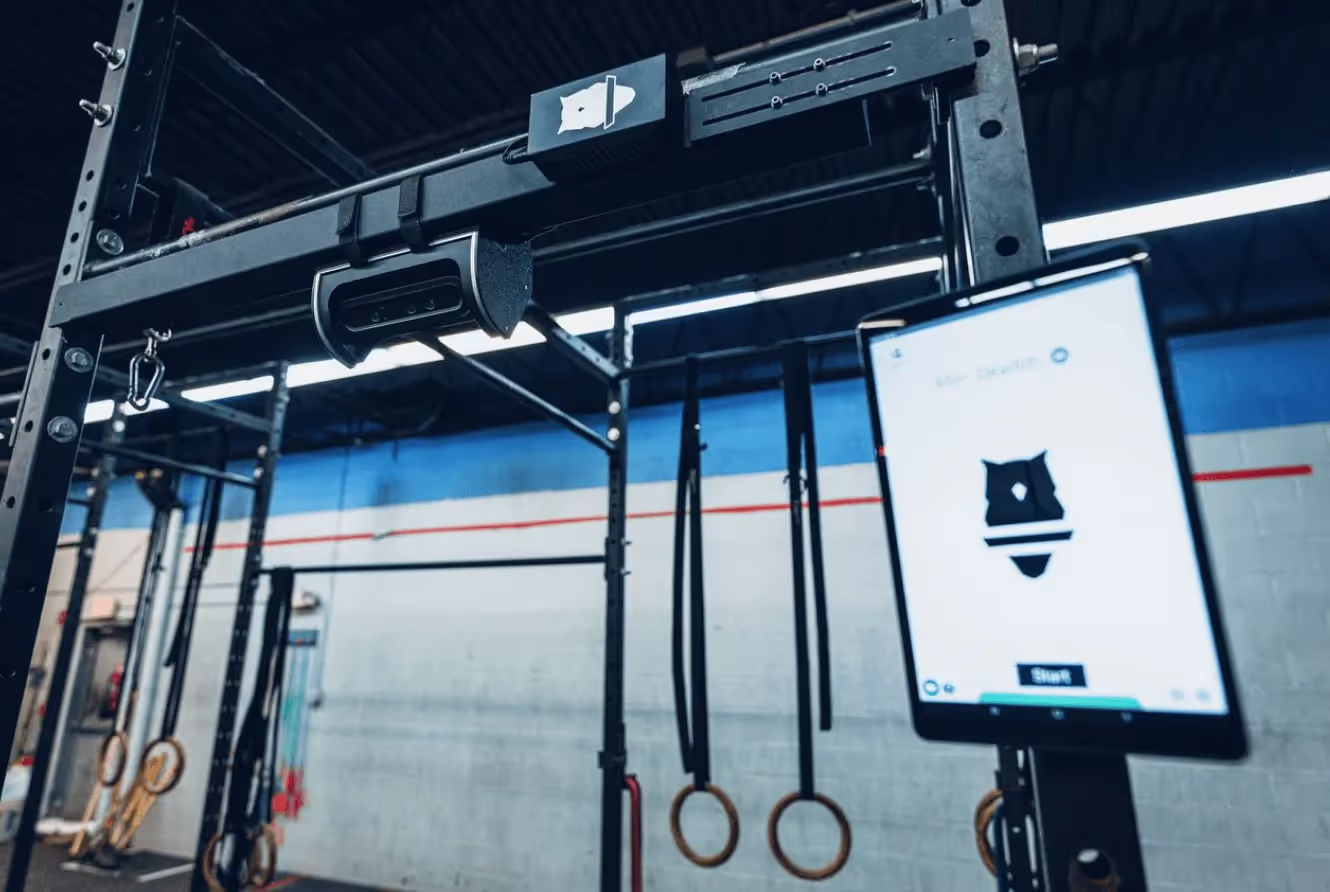
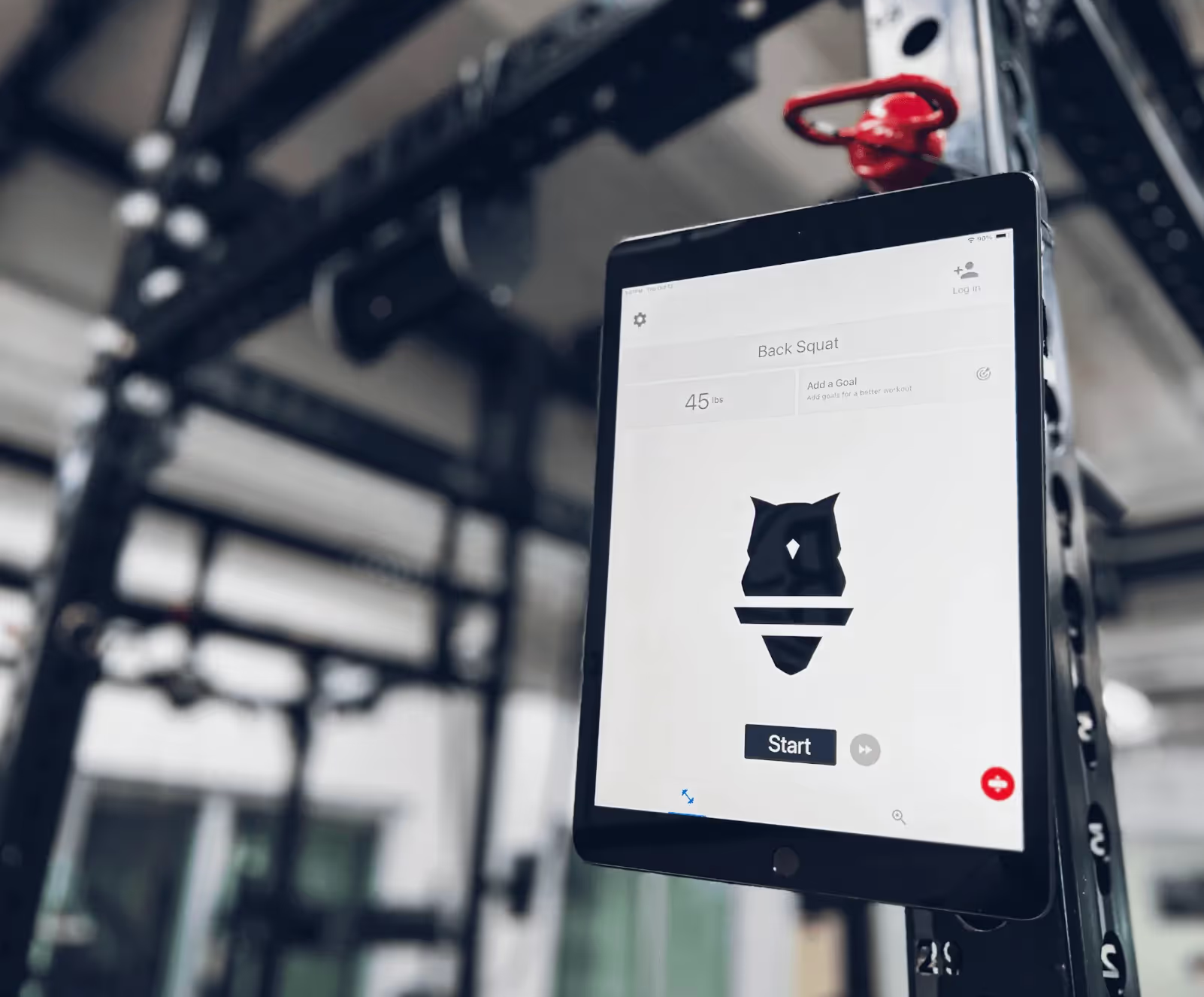



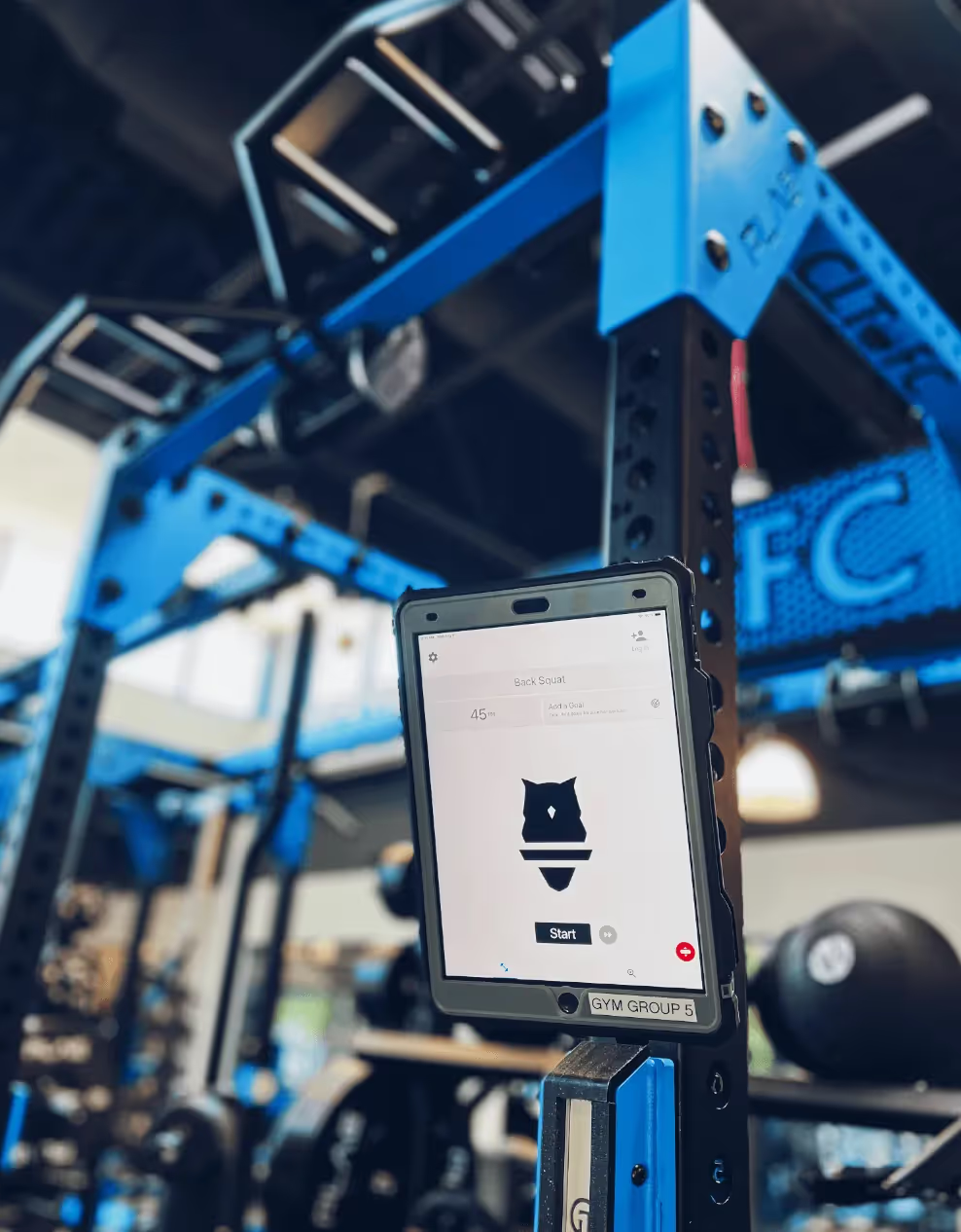
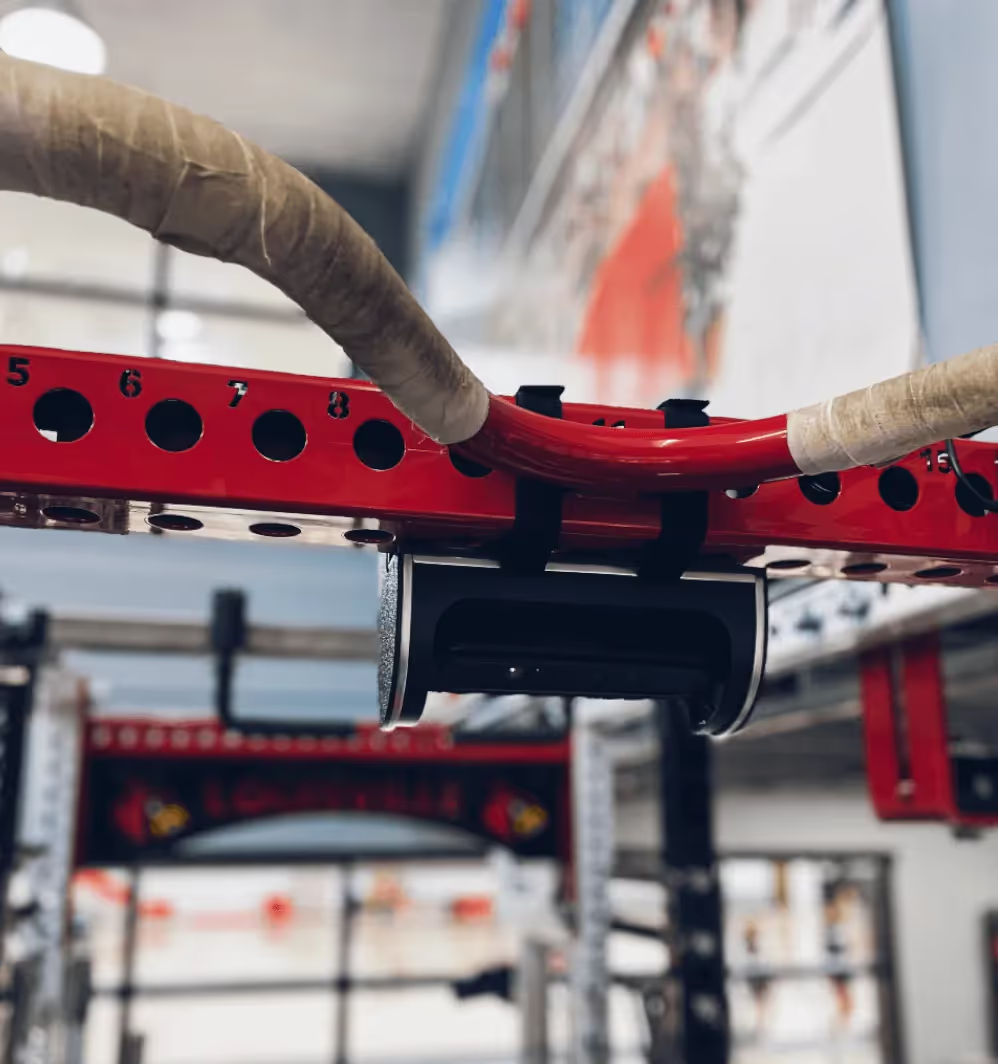






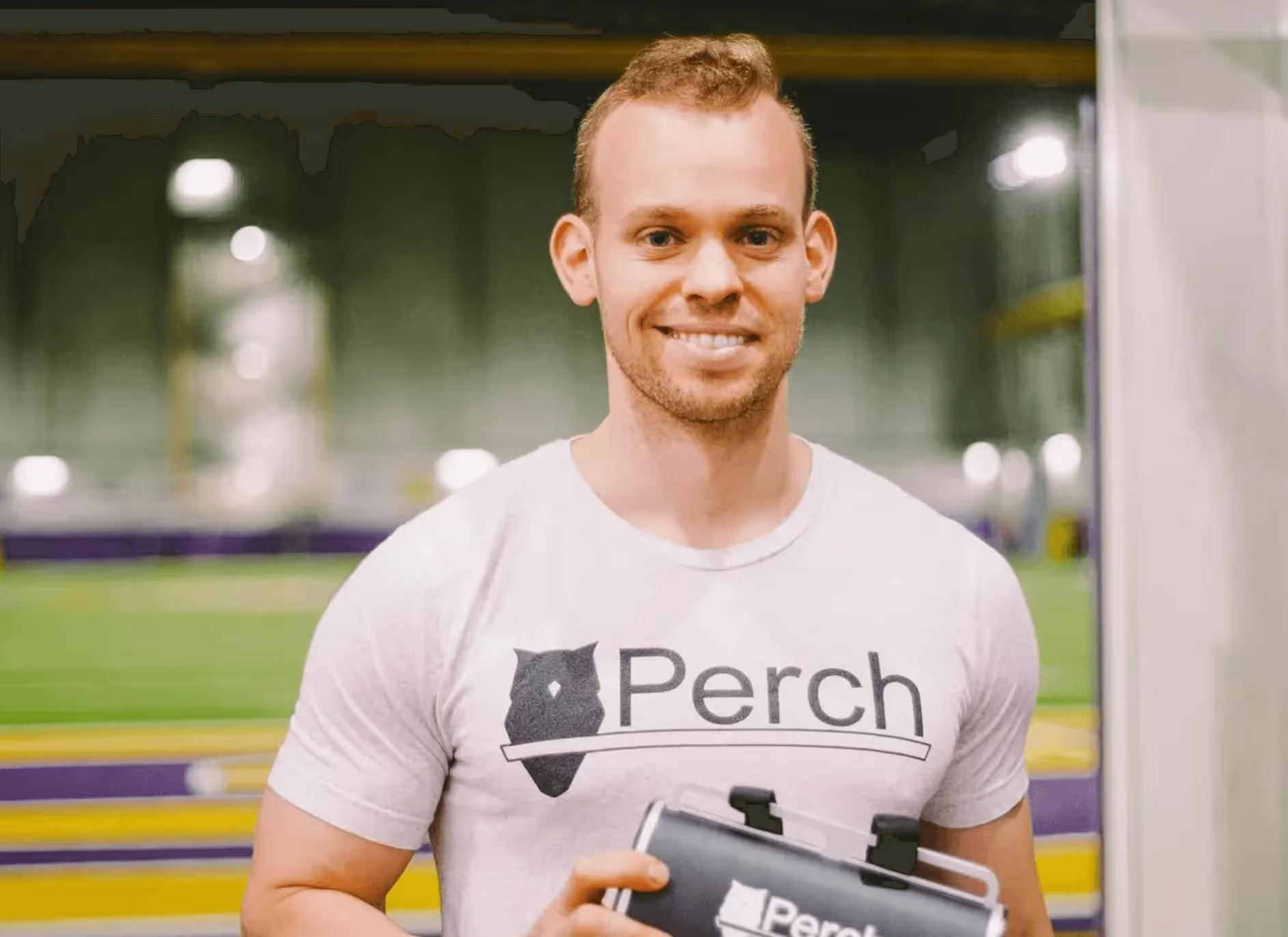





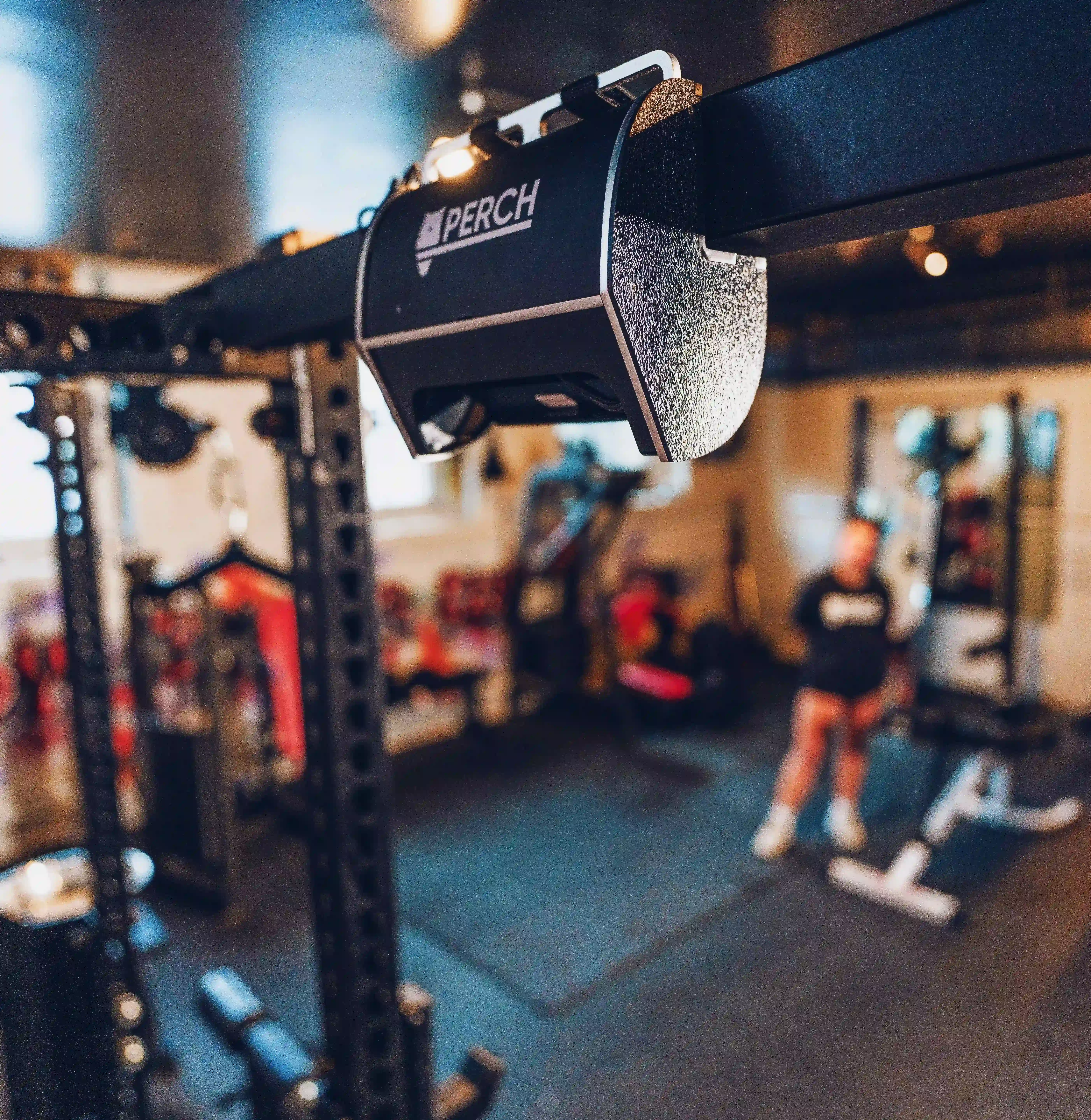


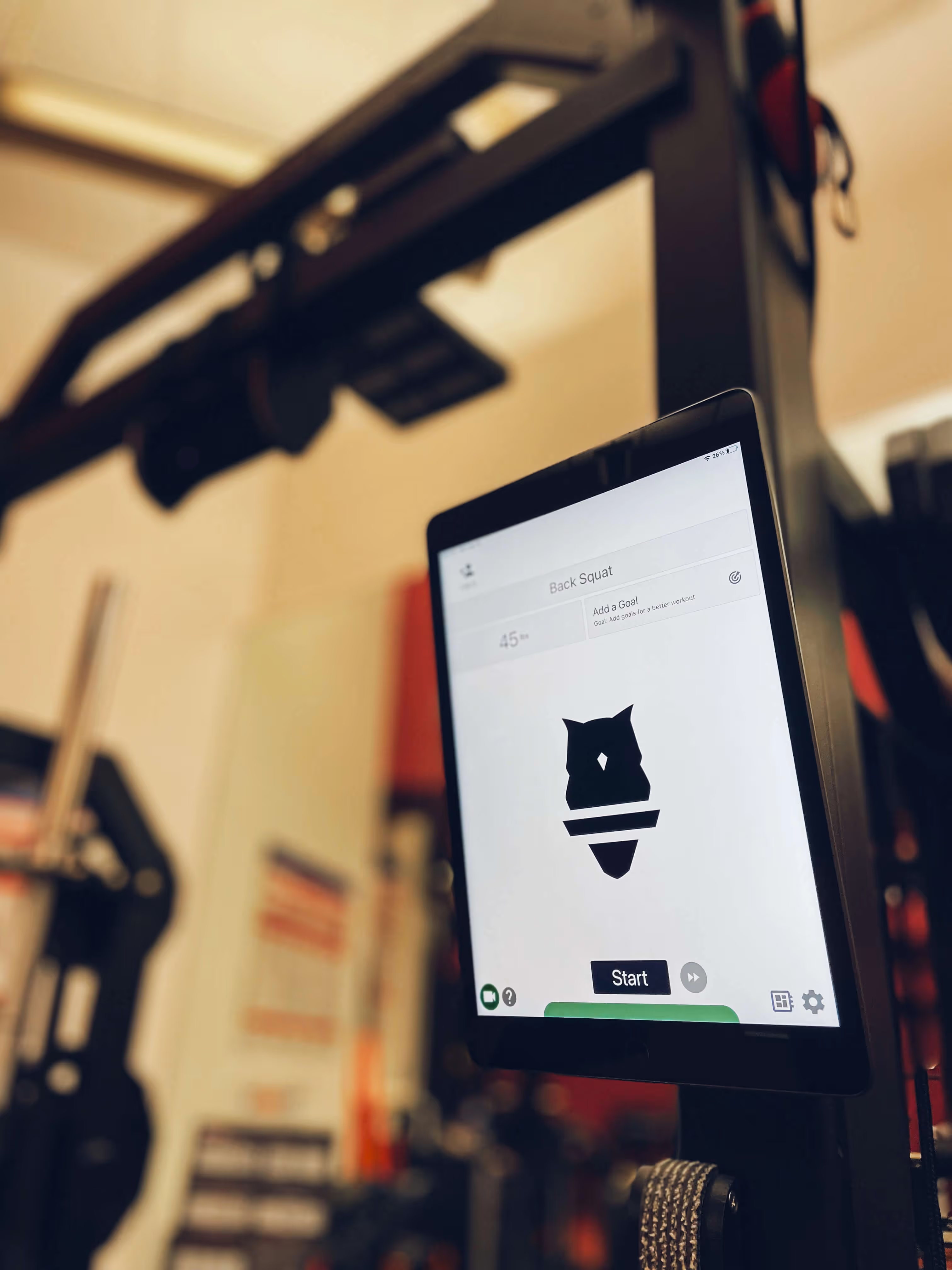








.avif)






